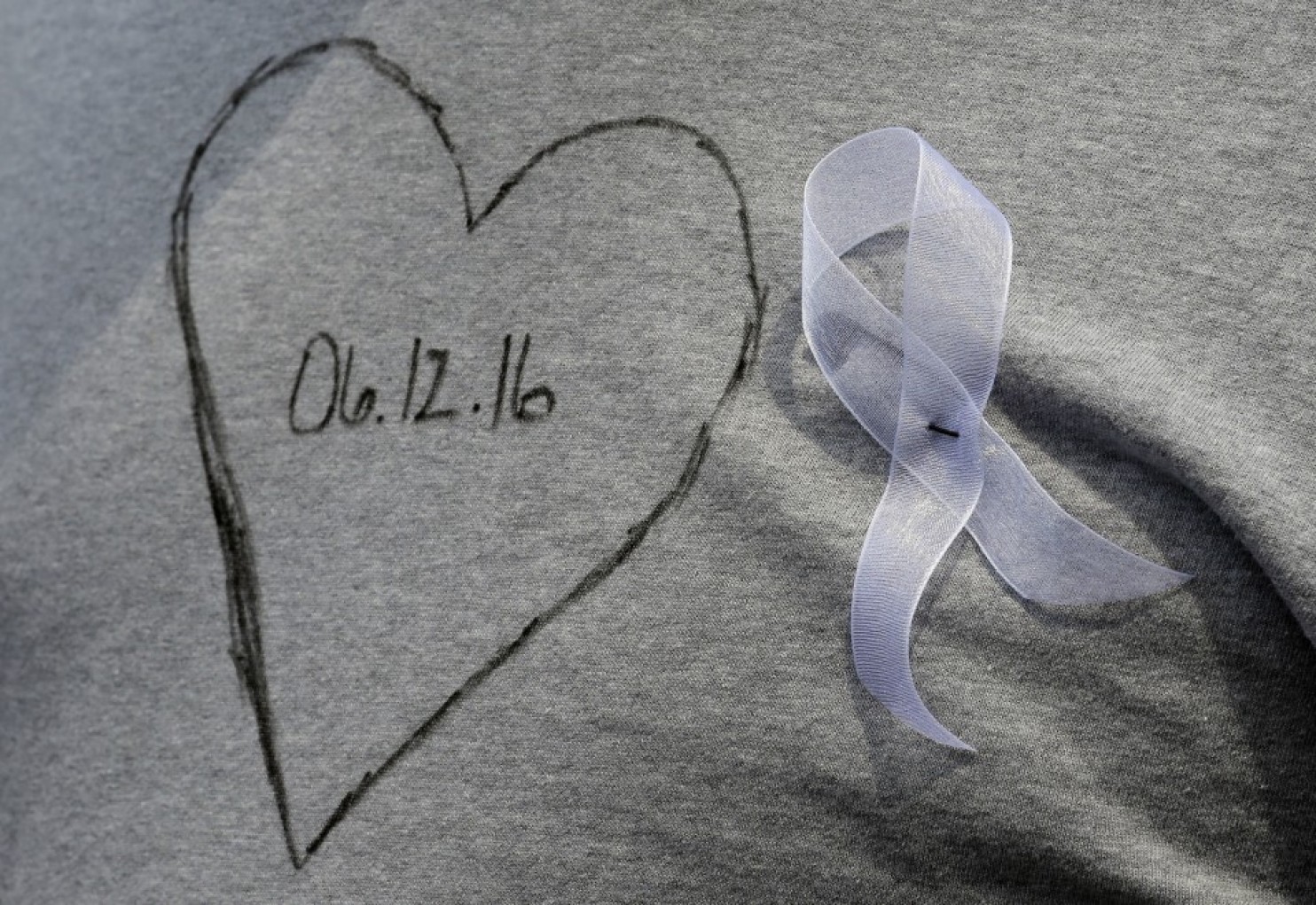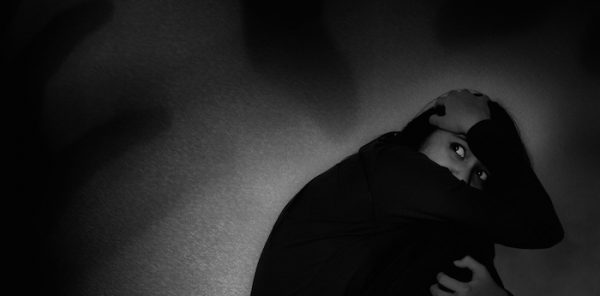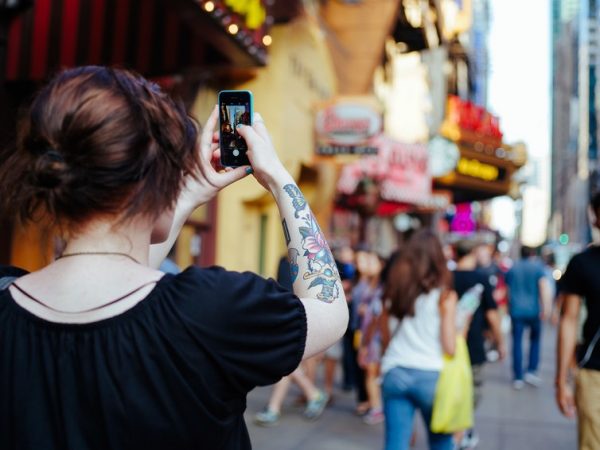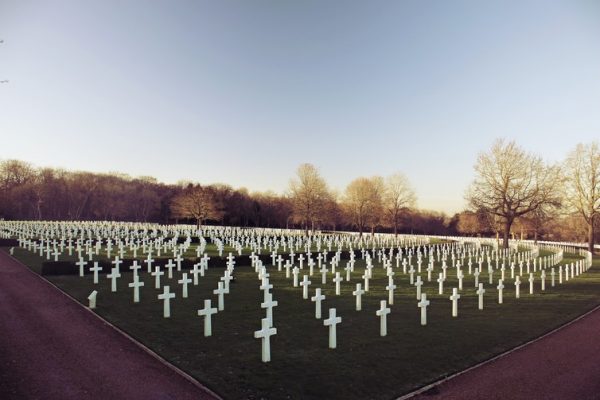
I spent most of Sunday thinking about what I would text my mom if I was hiding in a nightclub bathroom and believed a gunman was about to kill me. I pictured the bathrooms of my favorite clubs. I imagined where I would hide. I imagined how I would try to barricade the door. I pictured what my body would look like on the floor.
I wish I could say I left my apartment that day and fearlessly celebrated Pride month. I wish I could say I attended a rally or a vigil, or even just got drunk at a bar with my queer brothers and sisters. I wish I could say I became a living testament to LGBT courage in the face of violence and hatred.
But I didn’t. I lay on my couch and imagined being shot and killed in a bathroom.
I understand why so many people have chosen to respond to the massacre in Orlando with proud public displays of solidarity with and support for the LGBT community. The history of LGBT people in the United States is a story of resilience, even in the face of incredible pain and loss. We respond to a world that asks us to disappear by chanting, “We’re here! We’re queer! Get used to it!” We celebrate Pride partly as an act of defiance and perseverance.
After the shooting in Orlando, it’s tempting to push ahead to the part where the LGBT community pulls itself up by its bootstraps and recommits to fighting bigotry and making the world a more welcoming place. I am tempted by that, too.
At the same time, LGBT people aren’t superheroes. What happened in Orlando opened wounds in people thousands of miles away from the gunman. LGBT people are grappling with the fact that there is no such thing as a “safe space,” that we created the idea of a “safe space” to stay sane, but it is an illusion.
It’s hard to overstate the mental and emotional damage that realization has on queer people. For me, it has been a profoundly isolating experience. Fear makes you want to retreat from the world, makes you want to stop talking and pull away from anything that might put you at risk.
I walked to work Monday morning, searching for copycat executioners in the eyes of strangers on the street. I packed gym clothes and caught myself wondering if my tank top was too flamboyant. I watched straight people discussing queer bodies on television and wondered how they could talk about Orlando if they didn’t understand what it’s like to walk into a gay club and think, “Finally, I’m safe — this is home.”
I don’t know what to do with any of that. Even now, I’m writing because I desperately want to feel like I have some control over what happens to me. To do something, however small, to make myself feel like I have a grip on things. It isn’t working.
If you have queer people you care about in your life, talk to them. Always, but especially now. Maybe they seem fine. Maybe they live somewhere that feels very far away, in distance and culture, from Orlando. Maybe it feels like an uncomfortable subject to bring up.
You should still talk to them.
Many LGBT people have spent years keeping problems — especially problems related to being LGBT — to ourselves. We have become masters of seeming fine, of convincing ourselves that we are fine, when we are not fine. Because we badly want to be fine.
There is a good chance your charming, confident, smiling gay friend feels deeply scared and unwelcome in the world.
Ask them how they’re doing. Tell them you love them. Tell them your love doesn’t come with caveats. Tell them it’s okay to cry. Tell them they don’t deserve to be scared. Tell them that it’s okay to be scared anyway. Tell them it’s okay to be afraid of dying. Tell them that they matter to you — and that you want them here, alive, now.
None of that will stop an LGBT person from being afraid of dying. Nor will it stop them from mourning the dead. The only way to deal with pain and trauma is to sit with it until it’s done with you.
Complete Article HERE!




